How to care for a jade plant – expert tips to make this lucky plant thrive
This hardy houseplant needs just two things to thrive – water and light
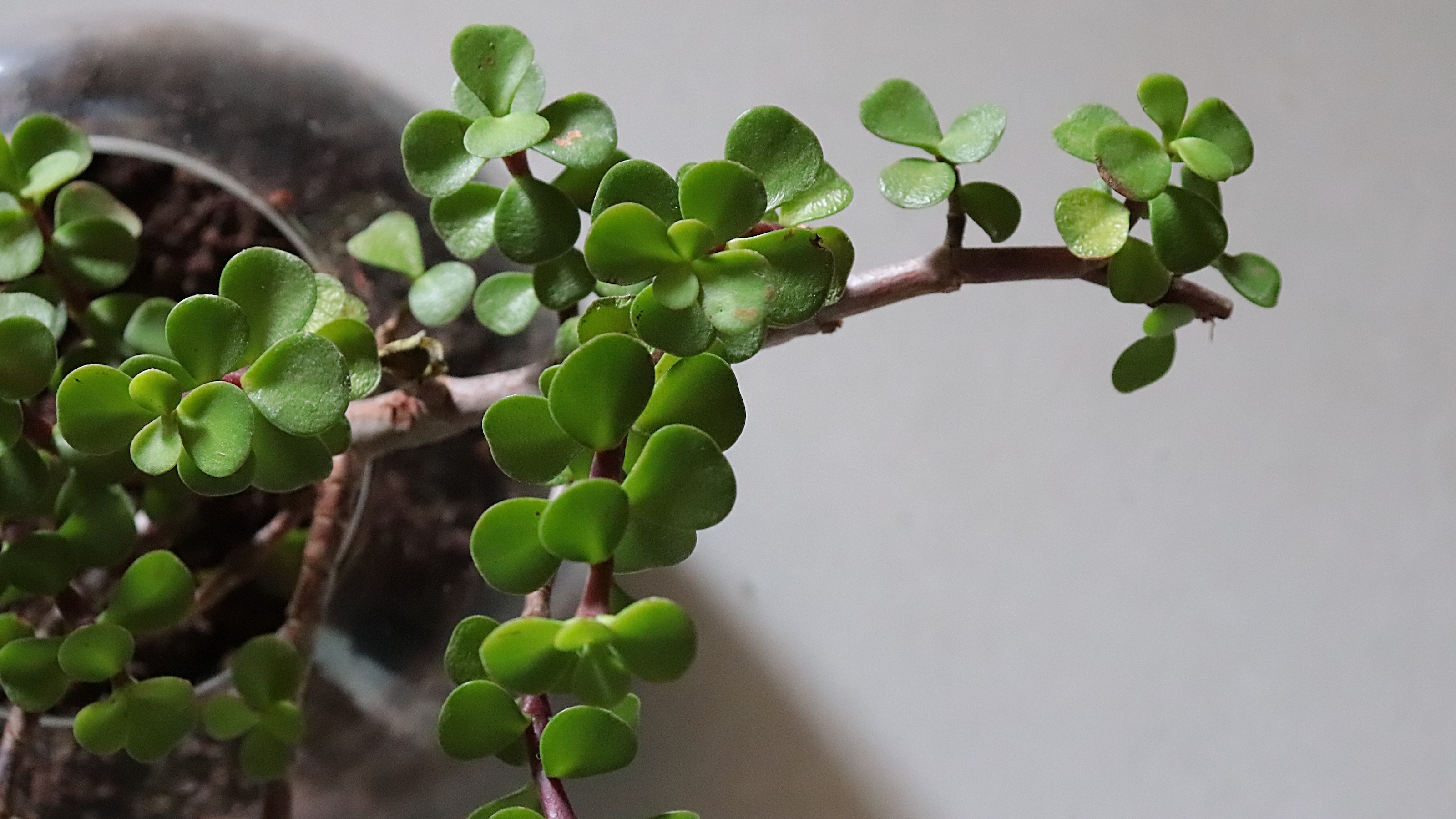

If you own a jade plant, chances are you will have been given it as a gift. Not only is this glossy green succulent one of the best indoor plants and best fast-growing succulents to grow at home, but it's also known as a money tree or the friendship plant. It's said to bring wealth and good fortune – one reason why it's frequently named one of the best feng shui plants for positive energy.
I inherited mine from my mom, and I've been on a mission to maintain it in good health ever since. It currently sits in my bathroom, close to the window, but I wanted to be sure I was giving it the best conditions to grow in. Cue a conversation with Rachel Crow, our green-thumbed gardens editor here at Homes & Gardens.
'It sounds like it's in a good spot,' Rachel reassured me. 'It will be getting plenty of light if it's near the window, and being in a bathroom, you'll have easy access to water to keep it hydrated – although you'll want to watch that you don't overwater it. Jade plants are succulents, so they retain water in their leaves, so it's better to give it a little less than you think it needs.'
How to care for a jade plant: for a green and healthy houseplant
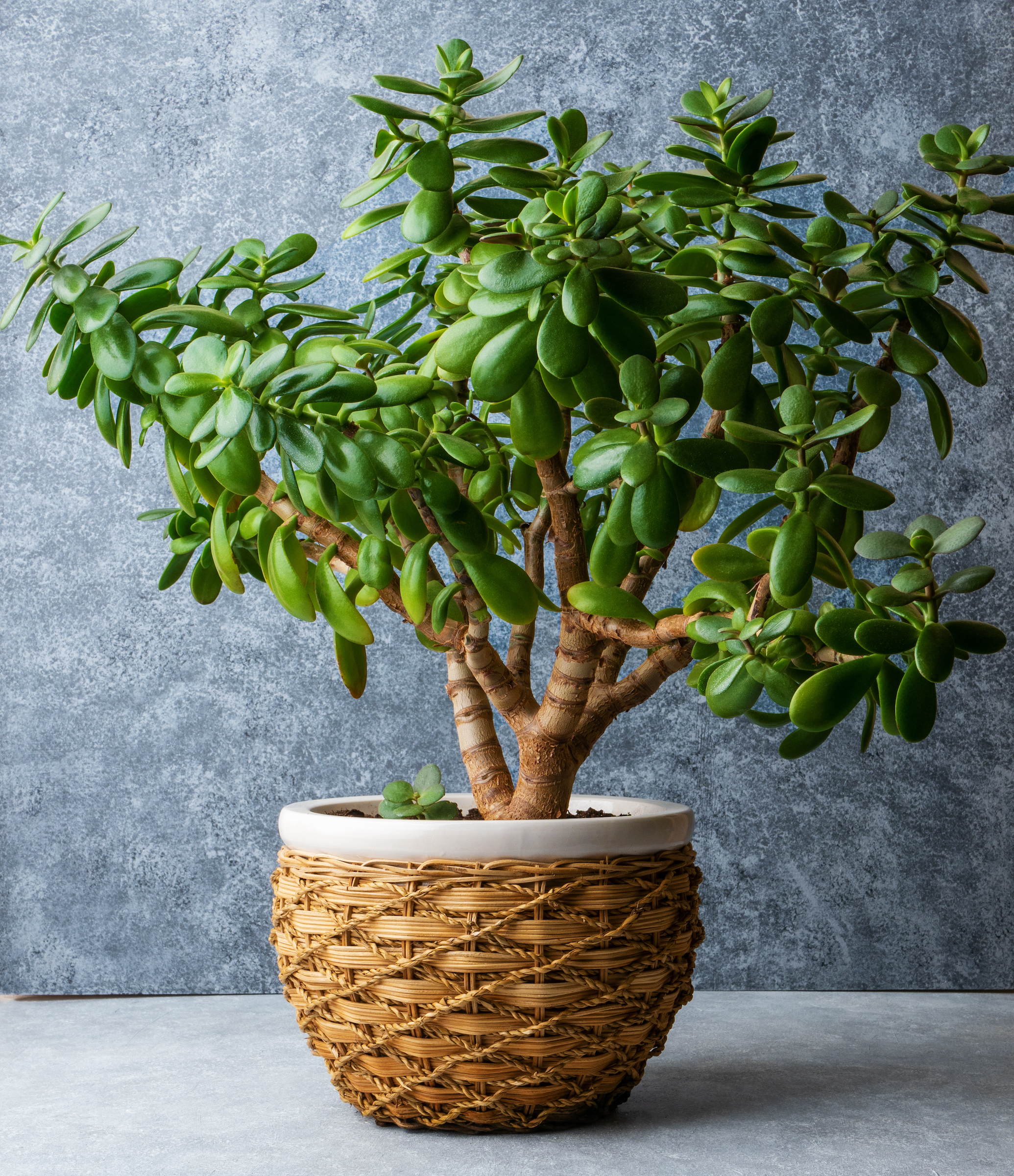
Jade plants (look for the Latin name Crassula ovata on the label if you're shopping for one) are native to southern Africa. To grow outdoors, they need a mild and dry climate, typically zone 10 and warmer, and sandy, quick-draining soil.
'Generally, jade plants are grown as houseplants indoors,' says our gardens editor, Rachel Crow. 'They look similar to a bonsai tree, being slow-growers and having woody stems and thick, glossy leaves, but they are much easier to look after than sometimes temperamental bonsai.'
One word of warning, though. Jade plants are poisonous plants for dogs and other pets, so be sure to keep them out of reach of your furry friends.
How to plant a jade plant
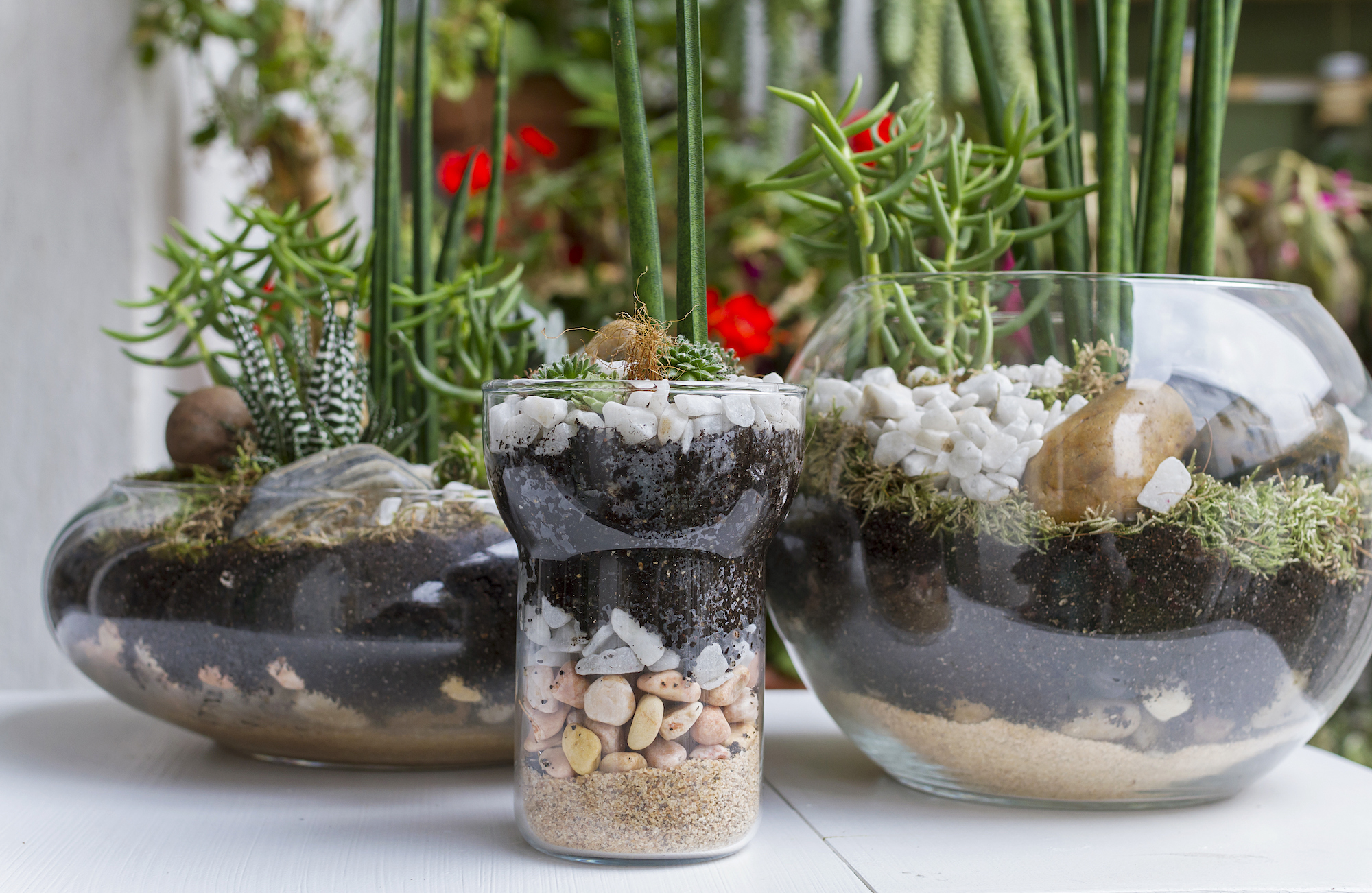
While jade plants are easy to grow and care for, getting the foundations right when you plant them will give them the best start. 'Just as in the wild, they prefer the soil around their roots to be free-draining,' confirms Rachel Crow. 'Plant them in a specialist cactus or succulent compost and if you don't have that, add horticultural sand or grit to conventional compost, which will help prevent it from becoming waterlogged.'
Jade plants also do well planted in an open terrarium, alongside other small and slow-growing succulents – it's no coincidence they are also one of the world's most Instagrammed houseplants. 'Drainage is key in an open terrarium. Put in a 0.5-1 inch layer of gravel before adding the potting compost,' says Ian Drummond and Kara O'Reilly, authors of At Home with Plants. 'Choose plants with small leaves, slow rates of growth, and a high tolerance of humidity.'
As an example, Ian and Kara have planted jade plants with Peperomia and Echeveria in an open terrarium. finished with reindeer moss. 'As well as moss, you could also finish your arrangement with an attractive layer of gravel or small pieces of bark,' they suggest.
Where to position a jade plant
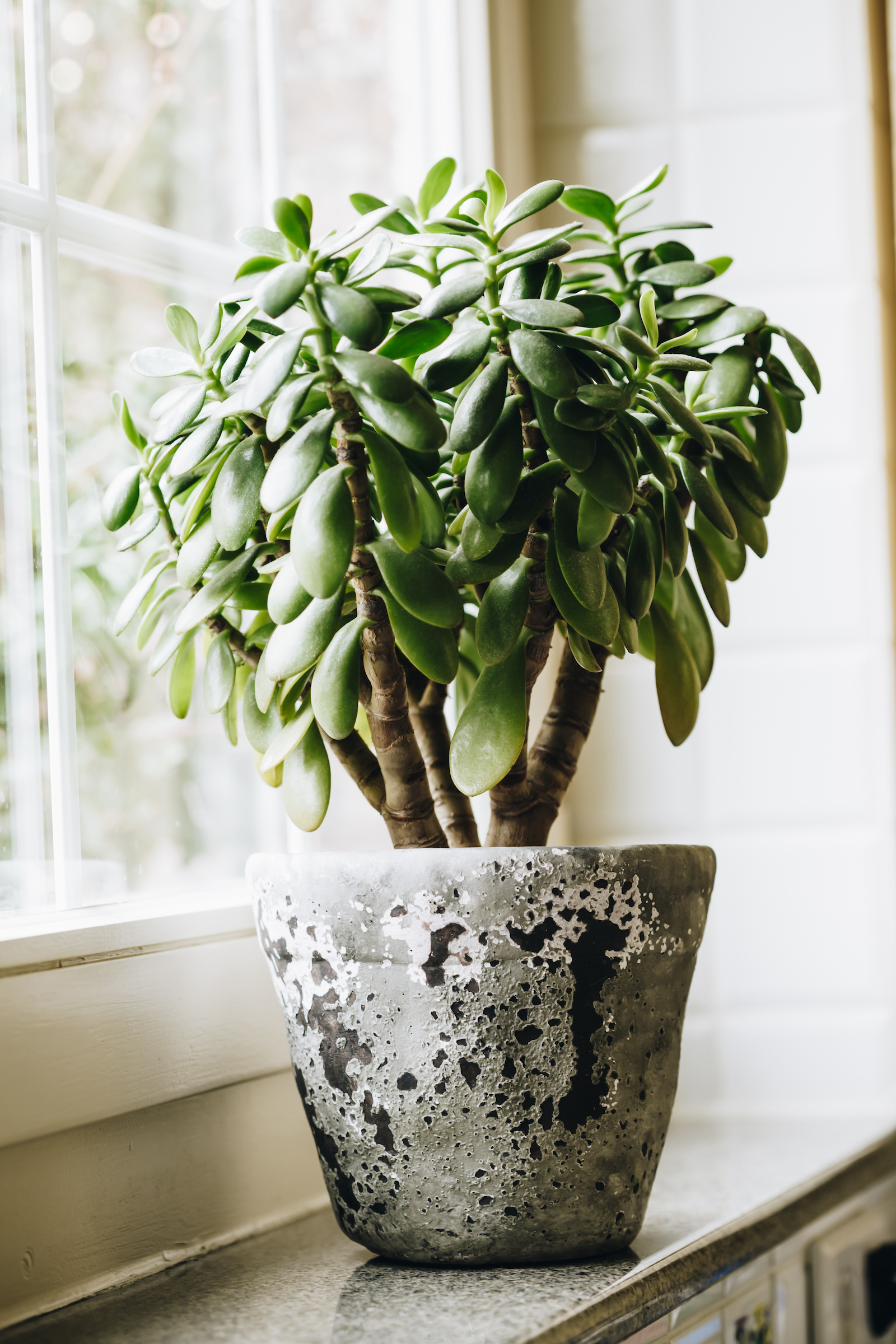
As its natural habitat is southern Africa, it makes sense that the jade plant prefers a sunny position. 'Really, it should get a few hours of sunlight every day, so a spot on your windowsill is ideal,' says Rachel Crow, garden editor at Homes & Gardens.
'Temperature is also important – jade plants like conditions between 60-75°F. Watch that the air in your room doesn't get too cold in winter; no less than 50°F ideally.'
Finally, a humid room is ideal for jade plants, which is why my bathroom location of mine is ideal, according to Rachel. Ian Drummond and Kara O'Reilly of At Home with Plants also recommend the jade plant as one of their top 12 plants for kitchens and eating spaces, because it tolerates high humidity.
How to care for a jade plant
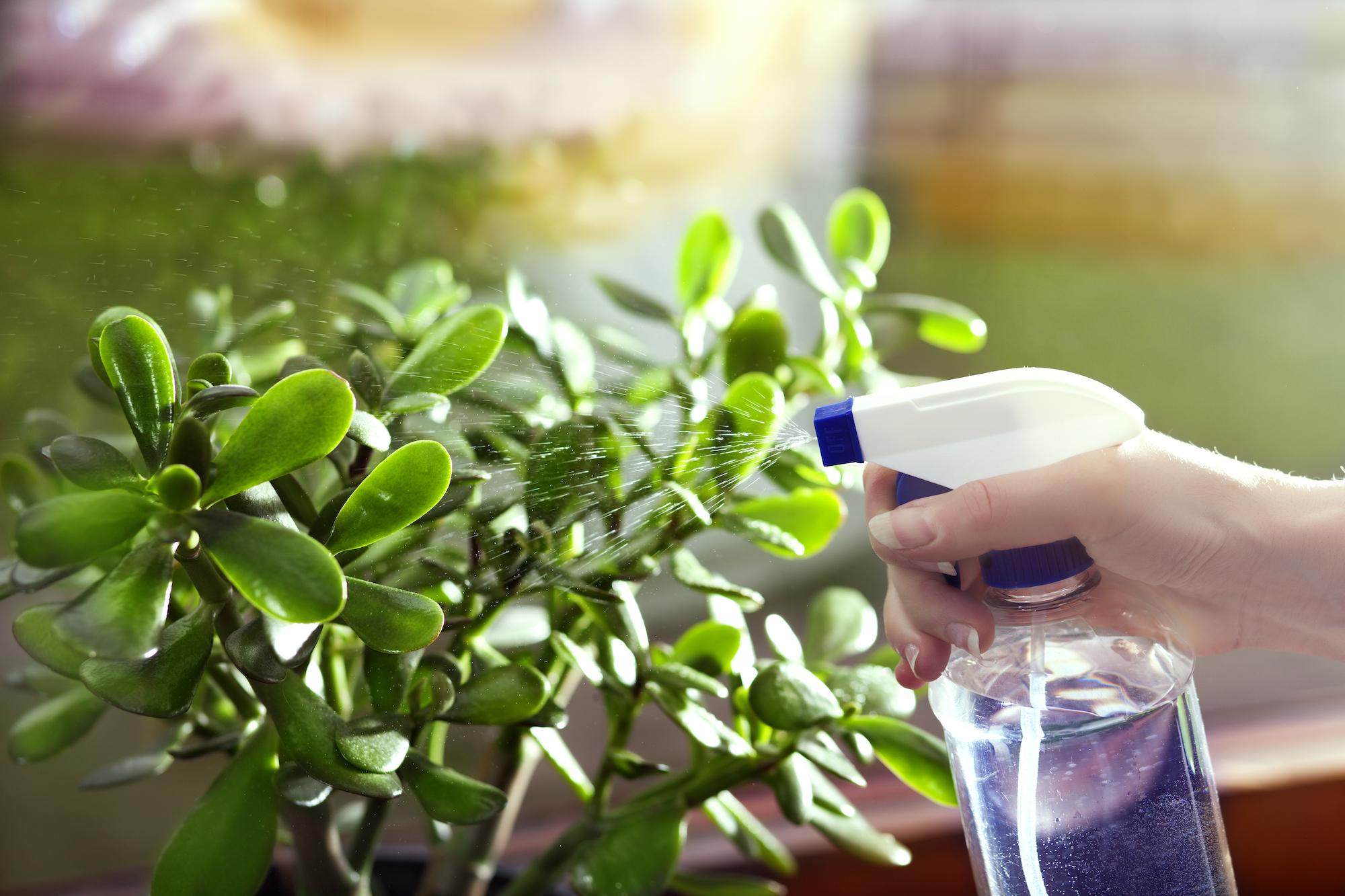
Unlike with other plants, you may not need a strict weekly watering schedule with a jade plant. That's because it's best to let the top 0.5-1 inch of the compost dry out before watering – I use a chopstick to make a hole in the compost to see how dry it is and if my jade plant needs a drink.
'Water from the bottom or spray weekly,' recommends houseplant expert Sophie Lee, who has written a book called Living with Plants: A Guide to Indoor Gardening. 'Pop a saucer filled with water under the pot; the plant can then absorb as much water as it needs without any danger of overwatering. Once it has taken up what it wants, remove the plant and put it back in its usual decorative pot or tray.'
As well as watering, your jade plant may need an extra boost of fertilizer to help it thrive. 'Newly potted and repotted plants will have been planted in fresh compost, which is full of nutrients,' Sophie says. 'However, over time these are used up by the plant and gradually washed away by watering, so houseplants need an occasional fee using fertilizer.'
Feed your plant at least once, each spring, summer, and autumn, using a diluted liquid feed specific to succulents. Your jade plant may also benefit from a prune during the summer months, to ensure it doesn't become too leggy.
Repotting a jade plant
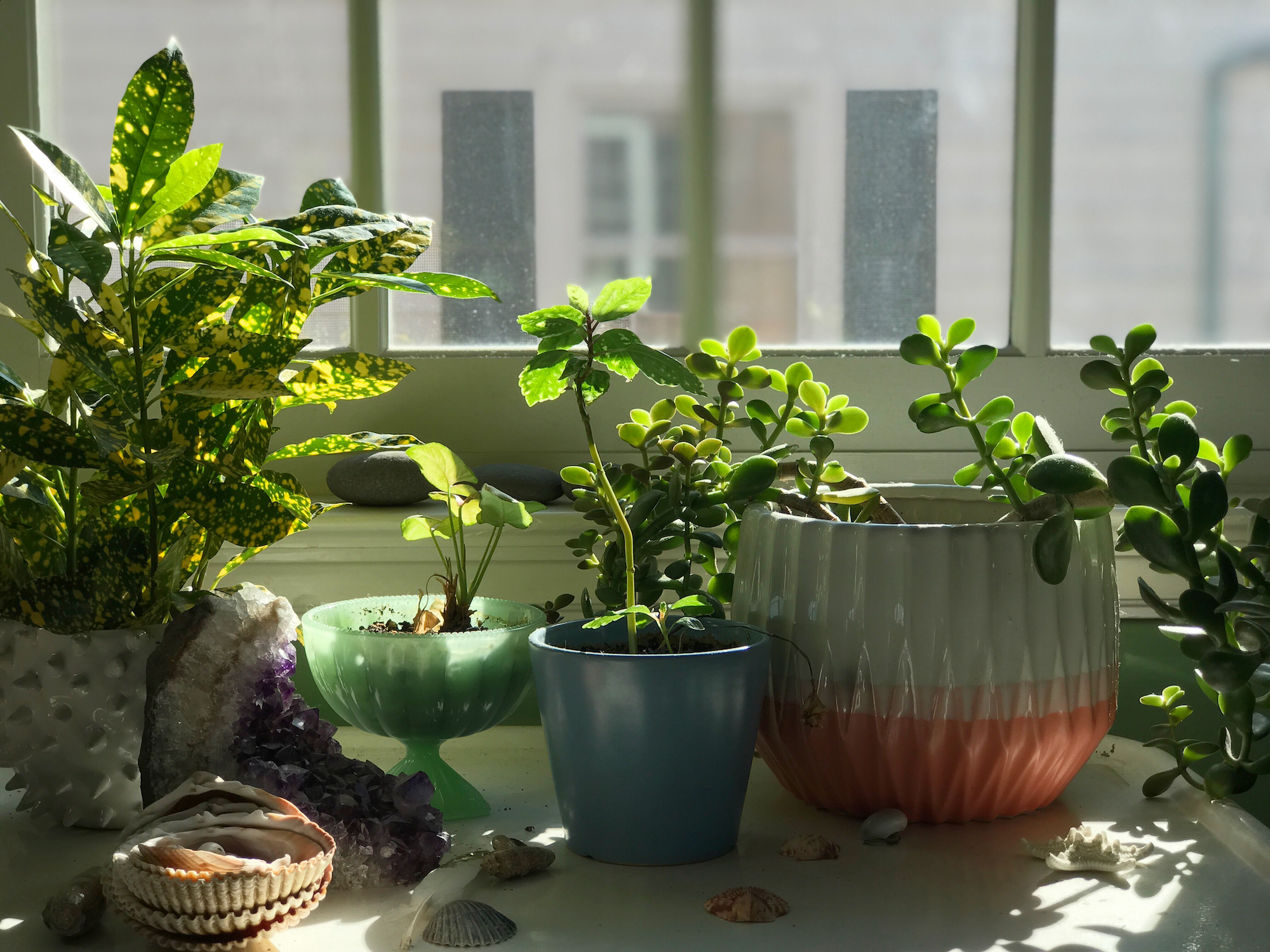
If your jade plant is well cared for, then it will likely outgrow its pot after a year or two. Repot in the springtime, replacing as much of the spent compost as possible and replacing it with new. 'My tip is to choose a heavy pot for a jade plant, as they can become top-heavy and cause the container to topple over if it's too light,' says Rachel Crow.
Why have my jade plants leaves changed color?
'If your jade plant's leaves have turned slightly red, that's not a problem – it can develop red edges to its leaves when it's getting lots of light,' explains Rachel Crow.
'If the leaves have turned yellow, that is a problem, however,' Rachel continues. 'Yellow is a sign of over-watering, so you'll need to dial back on your watering routine.
'Shrivelled leaves, or leaf spots, can be a sign that your plant is under-watered, so in that case, you'll need to water your jade plant more frequently until its leaves have retained their plumpness and sheen.'
Do jade plants need direct sunlight?
'Jade plants need at least six hours of bright light every day,' says garden editor Rachel Crow. 'If your jade plant begins to look straggly and leggy, it's a sign that it's trying to reach more light, so move it to a sunnier position.'
Sign up to the Homes & Gardens newsletter
Design expertise in your inbox – from inspiring decorating ideas and beautiful celebrity homes to practical gardening advice and shopping round-ups.
Andrea has been immersed in the world of homes, interiors and lifestyle since her first job in journalism, on Ideal Home. She went from women's magazine Options to Frank. From there it was on to the launch of Red magazine, where she stayed for 10 years and became Assistant Editor. She then shifted into freelancing, and spent 14 years writing for everyone from The Telegraph to The Sunday Times, Livingetc, Stylist and Woman & Home. She was then offered the job as Editor on Country Homes & Interiors, and now combines that role with writing for sister title homesandgardens.com.
-
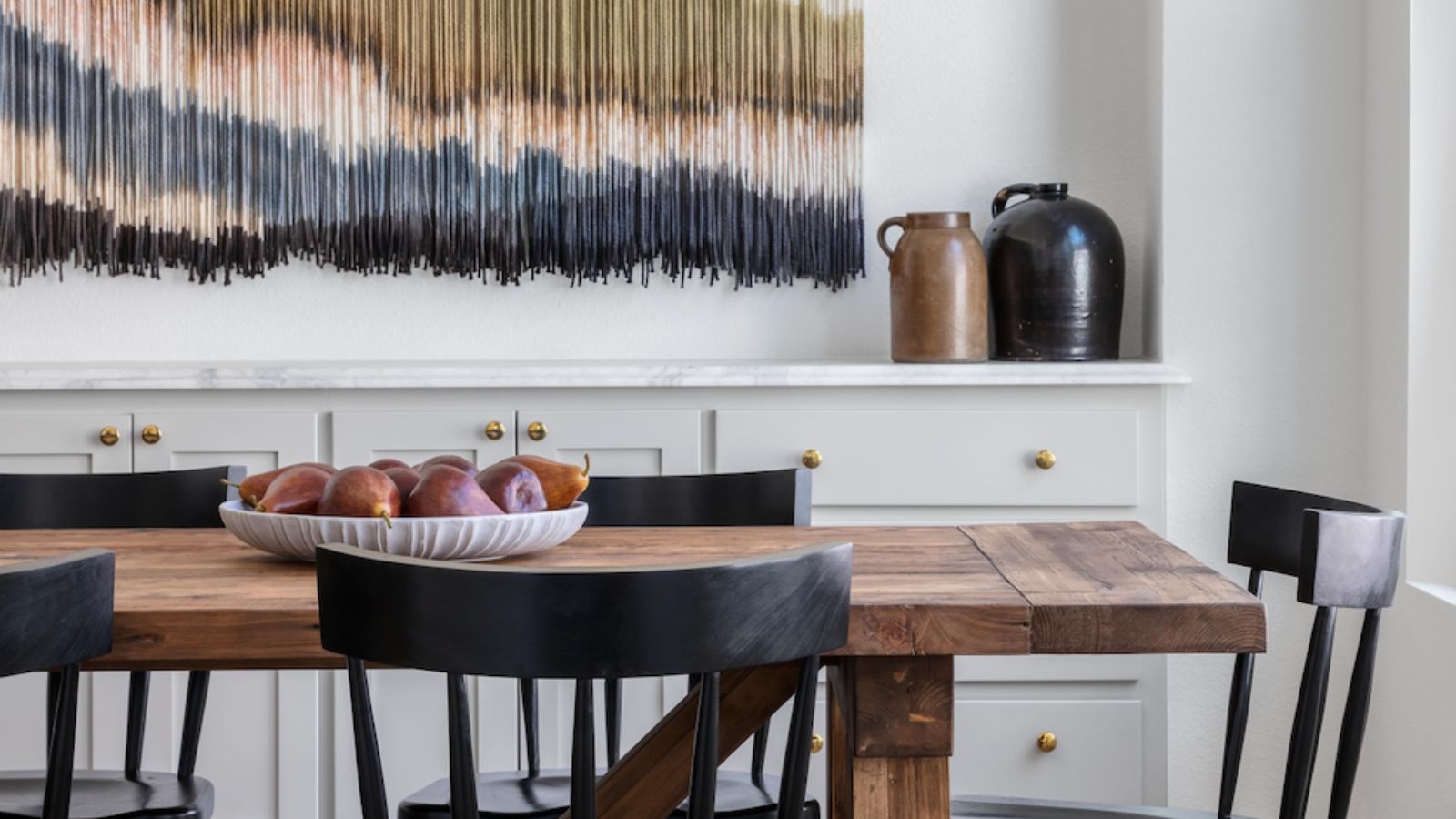 How the 'ODT' method can help you to tackle your overwhelming decluttering checklist – and streamline the process from start to finish
How the 'ODT' method can help you to tackle your overwhelming decluttering checklist – and streamline the process from start to finishAvoid 'analysis paralysis' and tick off tasks quickly and easily by making just one decision at a time
By Ottilie Blackhall Published
-
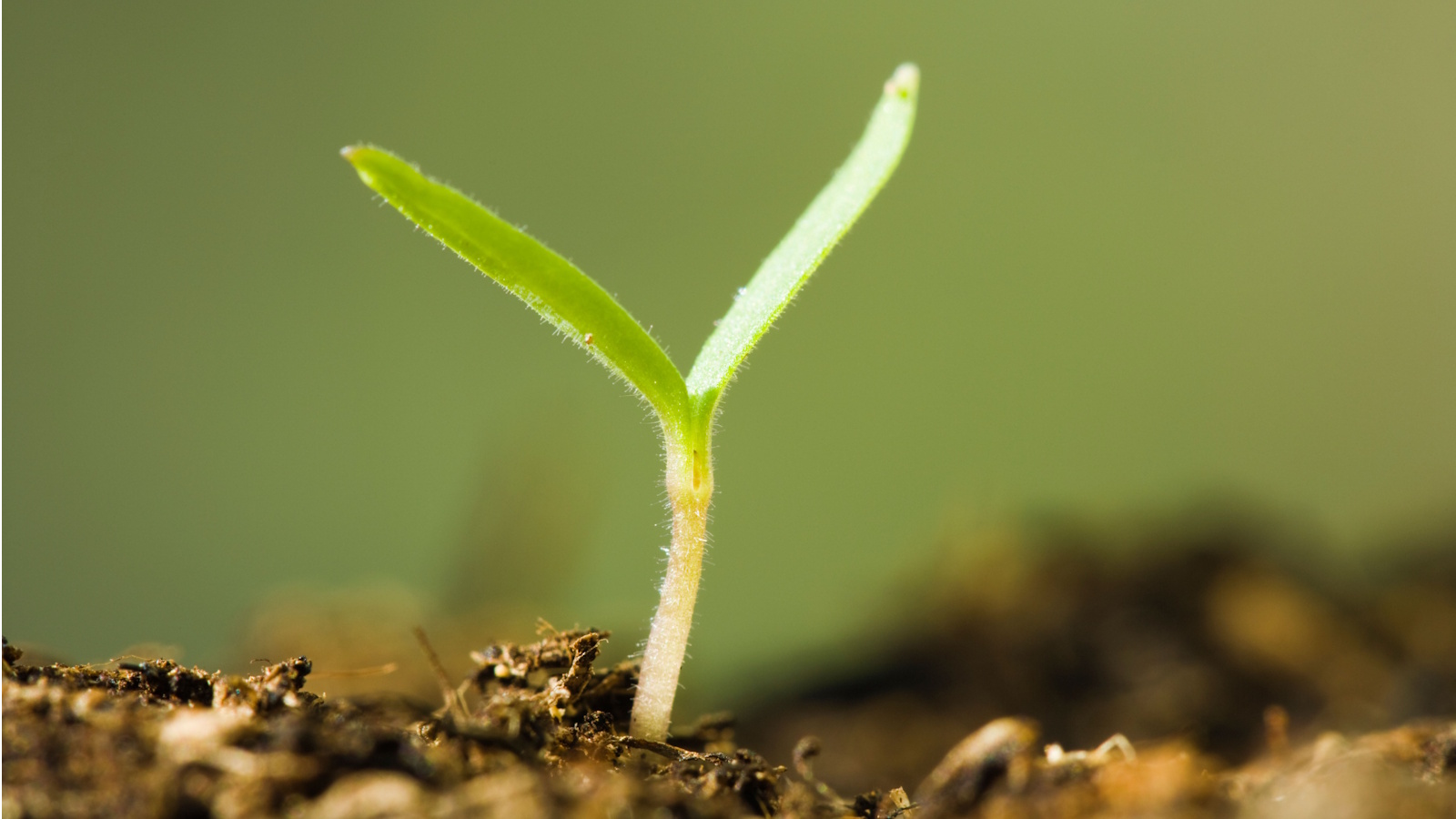 Experts say to only use homemade compost after testing it with this fail-safe method – they say it will guarantee healthy soil and support plant growth
Experts say to only use homemade compost after testing it with this fail-safe method – they say it will guarantee healthy soil and support plant growthSimply grab some fast-growing seeds and observe how they germinate in your compost
By Tenielle Jordison Published